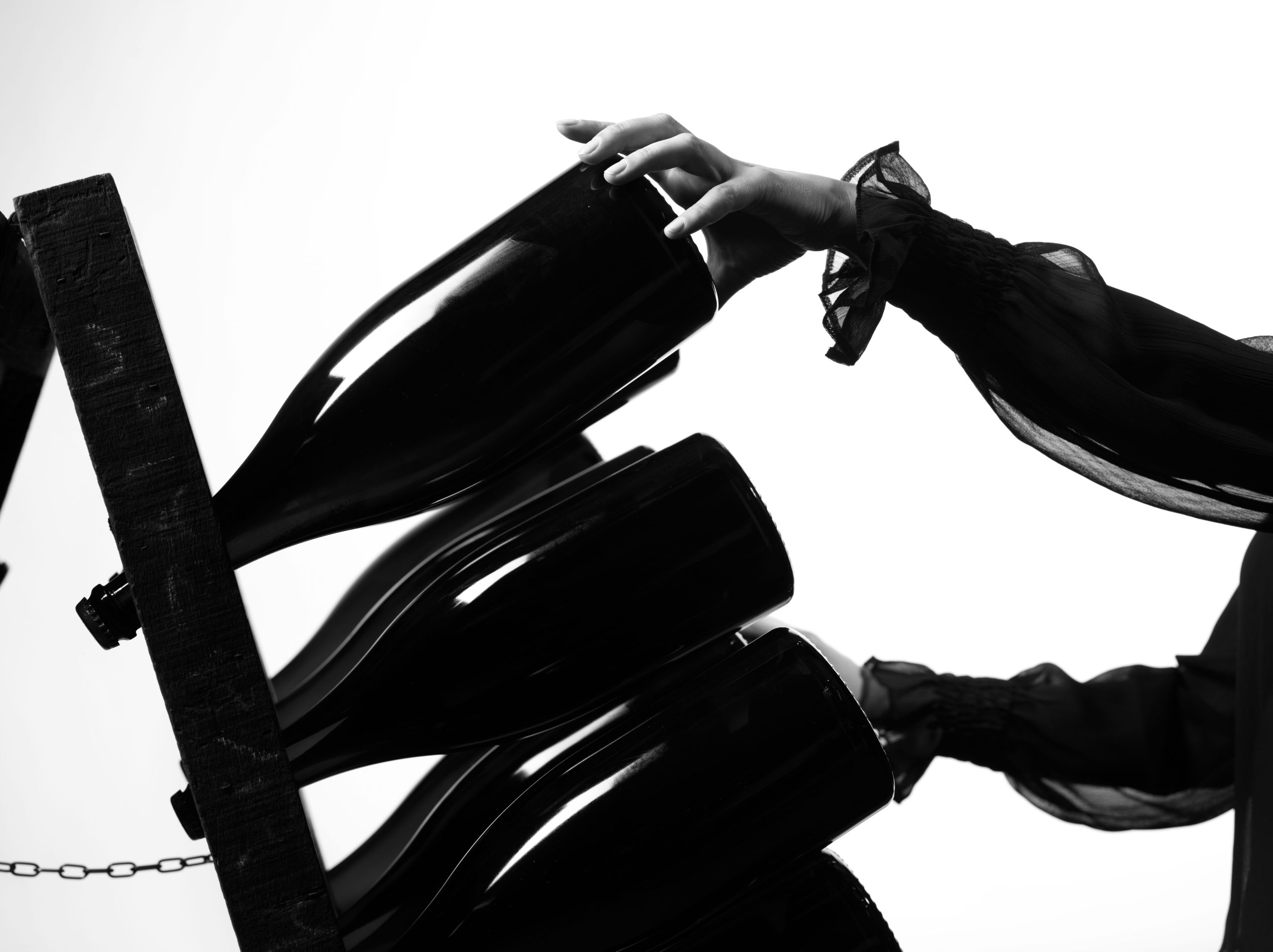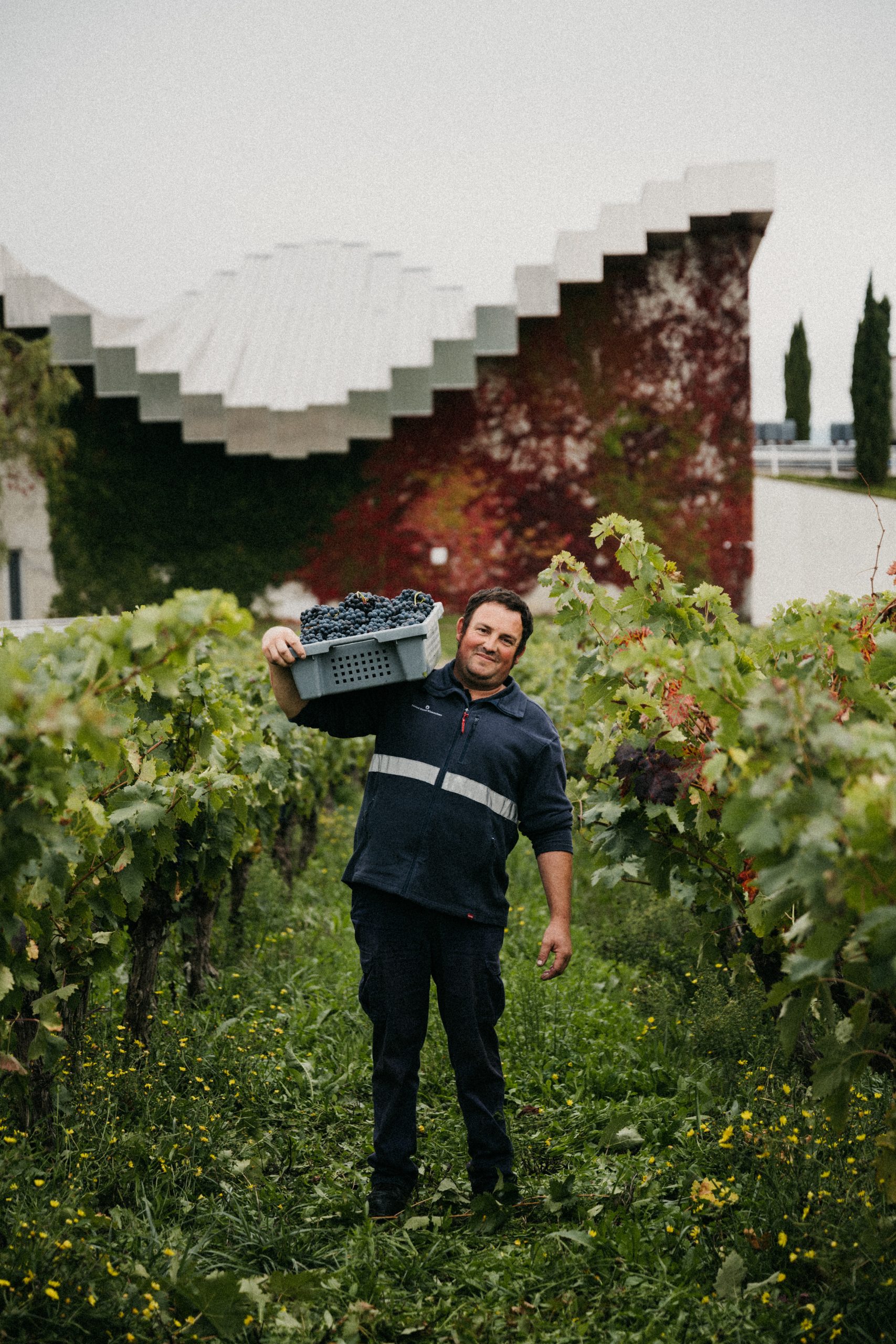Pump Up The Value
“standfirst”>Pressure on supply is enabling the major Champagne brands to refrain from deep discounting. Their volumes through the supermarkets are declining, but overall value is rising, says Chris Orr
It’s been an interesting year for Champagne. Globally, sales have continued to rise, sailing past the 300 million bottle mark and in export terms hitting a peak of €3.6 billion, up 54% since 1990. Over the course of the past month, the industry has seen Taittinger come up for sale, seen a fight for land between Louis Roederer and LVMH (the latter won, though not without paying a high price) and witnessed the continued debate about how the region can capitalise on positive worldwide demand given the geographical limitations of the region.
The latter is, naturally, increasing in terms of importance. Some parties wish to increase the area of vineyard classified as Champagne. It is, they argue, the only way to ensure that the region can match the volume demand that will inevitably increase over the coming years, without sacrificing the quality of the product. Others, however, argue that there are other solutions. First is to ease back the dependence on France where some 60% of all Champagne is sold, but at prices that compare very poorly in terms of returns in other countries such as the US, the UK and Japan, the three leading markets for Champagne. Others also point to the amount of own-label Champagne being sold across the globe, much of it at a discounted price.
Knowing the Champenois, the arguments are likely to rage for some considerable time, but a close look at the latest figures for the UK offtrade market give some indication as to where short term gains might be made while long-term solutions are debated.
Off-trade growth in the UK is up 4% in terms of volume. That’s a percentage point or so ahead of the general wine market and represents an increase in sales from 12.4m cases to 12.9m cases (ACNielsen MAT to 11.06.05). Split by category, that represents a growth from 11.9m cases in non-vintage to 12.3m, and 506,200 cases to 520,000 cases for vintage.
In value terms, the rise is even higher, hovering at 7% for the past year, almost four percentage points above the current rate of inflation. In pounds, shillings and pence terms that means sales in the UK off-trade rose from £248.9m to £265.2m. Again breaking it down, that meant that non-vintage sales rose from £231.7m to £246.7m, with vintage rising from £17.06m to £18.32m.
Irrespective of what arguments are going on in the Champagne region, the major brands working in the UK seem to have unanimously taken a decision to tackle the impending “predicted” shortage in Champagne by fighting back against the rising tide of discount and reestablishing their brands from a value and luxury perspective. If you like, the much vaunted image of Champagne as an “everyday luxury” looks like it could end up being a thing of the past. The 7% rise in value overall is pretty indicative of this, but even more so is the individual performance of the brands themselves.
Looking at the top 25, brands in the non-vintage category, which includes ownlabel non-vintage and other non-vintage within it, 12 have registered a drop in volume over the past 12 months to July this year. The likes of Moët & Chandon dropped 4%, Lanson lost 2%, Heidsieck Monopole dropped 33%, Piper-Heisieck dropped 8% and Mumm Cordon Rouge dropped 40%. Bollinger fell by 23% and Perrier-Jouët took a hit of some 48% while Billecart saw 29% shaved off its volume in the offtrade. In virtually all of these cases, the drop in volume was not mirrored in terms of value in the off-trade, with much of the “lost” volumes being redirected to the on-trade, where margins and brand protection are less fluctuating or vulnerable.
The perfect example of this is Mumm. Quite what will happen to the brand under the new Pernod Ricard deal is anyone’s guess, but over the past 18 months Allied has been working hard to reposition the brand, removing it from the “deep discounting” scenarios that it was so often found in under its previous life at Seagram. The result is the 40% drop in sales volumes, not to mention the loss of a few listings. And yet in value terms it is holding its own, dropping only 29% by comparison.
And it’s not just Mumm. Despite the 4% drop in total volumes, Moët didn’t see a dime shaved off its value share of the market. Likewise with Heidsieck Monopole, a major discounter in the past, sales were down 33% in volume, but only dropped 22% in terms of value. Bollinger, never much of a discounter, saw only 17% taken off its volumes despite a larger drop in volumes.
Partner Content
And it’s not just these that have lost volume. Pol Roger grew volumes in the off-trade over the same period by 16%, but saw its value of such sales increase by some 22%. Likewise, Veuve-Clicquot grew sales in the UK over the previous 12 months by an impressive 20%, but if discounting was part of the strategy it doesn’t reveal itself in the value figures, where it grew by 25%.
Even own-label got in on the act, losing 7% in volume but only 3% in value. The message seems to be, in the off-trade at least, that if pressure on supply is going to be an issue, the major brands are acting quickly to use it as a way of getting out of the deepdiscounting that has plagued it in the past.
However, despite what appears to be the adoption of a more sensible pricing approach in the UK market, it certainly hasn’t made the battle for market share any less fiercely fought. At the top of the tree, Champagne Moët & Chandon still sits on the highest branch, compared to any other single brand. Over the last year it has seen a percentage point tipped off its lead, going from 14% of the total market to 13% but it still sits impressively ahead of the rest. Champagne Lanson is the number two (if you ignore own-label, which also lost market share, going from 14% to 12.6%), and its share dropped from 7.8% to 7.4%. Much of that seems to have been stolen by Veuve-Clicquot, which, if last year’s rise in volumes is anything to go by, is perhaps battling the hardest of all to increase market share in the UK off-trade. The company saw a rise from 4.9% for the same period last year, to 5.6% market share, making it the third largest selling retail brand of Champagne in the UK. Both Nicolas Feuillatte and Laurent Perrier piled on the market share, moving from 3.1% to 3.5% and 3.1% to 3.4% of the market respectively. Nicolas Feuillatte is now the fifth largest selling UK retail Champagne brand, with Laurent-Perrier sitting just behind in sixth position. Heidsieck, Mumm, Taittinger and Bollinger, all line up behind, making up the top 10 of leading brands in the UK. And with each it’s the same – despite many seeing slight falls in terms of volume shares, all bar three have seen value share steadily increase in the retail sector.
But that increase certainly isn’t coming from the supermarkets. Looking at three of the biggest, in terms of Champagne retail in the UK, it’s clear to see that many of the top 10 brands, and those lagging behind in the top 20, are seeing listings, volumes and value share eroded. In Tesco, Waitrose and Sainsbury’s most of the major brands have seen a reduction in volumes. In each of these, however, either own-label, or other small “house brands” have seen significant increases.
Tesco is the perfect example. Over the 12 month period to July this year, the supermarket saw volumes of sales for Moët, Lanson, Veuve Clicquot, Mumm, and Piper Heidsieck drop – in some cases by as much as 22% and 41%. Again value fell, but not by as much as volume. Veuve-Clicquot, for example, saw a drop of 15% in volume, but only 6% in sales value. However, sales of “other” non-vintage Champagnes, ie smaller, lesser known brands, rose by 79%. Conversely, looking at both the “Destination” category in Nielsen and Threshers, the story is much different. At the latter, most of the top 10 brands saw hardly any change in volumes, and rises in value. “Other non-vintages, and ownlabels didn’t even make it into the top 25 brands listed sold via the stores. With the Destination category, the likes of Lanson, Taittinger, Laurent Perrier, Piper Heidsieck and Pol Roger, all made significant gains.
It will be interesting to track the major brands’ sales through the UK’s major retail routes over the next few years to see whether the aforementioned trends are a blip or a long-term reality. Undoubtedly, the challenge for the big Champagne houses will be maintaining and increasing price, in order to manage limited supply and increasing demand, without alienating the likes of the supermarkets completely. The latter may well have contributed to the often disastrous deep discounting that hit Champagne hard after the millennium when fizz flooded the market. But they’re also key to the “massmarketing” that the big houses need to achieve to maintain volume sales. As ever with Champagne, it’s something of a tight-rope walk – and with no visible safety net below.
PINK PERFORMS
Rosé is the one area where the results are unequivocally positive. Overall sales of rosé Champers rose by 30% over the last 12 months to July this year. Case sales went from 645,900 to 836,500. This was mirrored in value terms, with sales value up by 27% from £17.27m to £21.85m.
In terms of single brand performance, Laurent- Perrier continues to dominate the category with 18.7% of total sales, although it lost some 4.3% over the course of the year to other entrants into the market. One of those was Champagne Lanson. It saw volumes rise from 7.2% of total volume sales to 14.8%, allowing it to overtake Moët & Chandon which has been instrumental in resurrecting the category over the past two years. It saw its market share fall from 16.9% to 13.4%. But with a 30% rise in total volumes, such losses still end up being growth for all the big brands in this category, leaving most of them thoroughly in the pink rather than the red.




